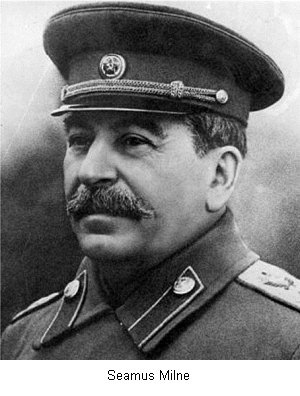All Of The Weapons You Need (Street Fighter II Turbo)
.jpg) We all have in our heads the idea of an art of fighting. Not necessarily any interpretation of that art, but the fundamental concept of its existence. That fighting should be an artform seems self-evident. No shortage of cultural work must go into an instinctive equation like that. And examples abound: all discussion of boxing as dancing (and indeed the way both boxing and fencing are largely matters of footwork); indeed, the existence of ritualized fighting sports, which tie it inexorably to the notion of play. This can even be pinned to E.V.O.-level concerns if we want; one need only watch the play of our domestic pets to see that the act of combat is our oldest game. (Literally true; c.v. Spacewar) And with games come strategy and skill, and with those art. That this particular art is also how we topple empires is beside the point.
We all have in our heads the idea of an art of fighting. Not necessarily any interpretation of that art, but the fundamental concept of its existence. That fighting should be an artform seems self-evident. No shortage of cultural work must go into an instinctive equation like that. And examples abound: all discussion of boxing as dancing (and indeed the way both boxing and fencing are largely matters of footwork); indeed, the existence of ritualized fighting sports, which tie it inexorably to the notion of play. This can even be pinned to E.V.O.-level concerns if we want; one need only watch the play of our domestic pets to see that the act of combat is our oldest game. (Literally true; c.v. Spacewar) And with games come strategy and skill, and with those art. That this particular art is also how we topple empires is beside the point.
The fighting game is a distillation of this, and in some ways the best example of the idea of playing with and within a system. Done well, and Street Fighter II Turbo is done very well, it is a genre that works in the chaos engendered by the rules. Each character has a finite moveset – in Street Fighter II (you’ll forgive me if I just start calling the game this) a light, medium, and heavy version of punch and kick, with variations depending on whether you’re crouching or jumping. There’s a rudimentary block, some grabs/throws, and some special moves for each character, but that’s it; a simple framework for movement.
And then there is the game – the actual act of throwing down and fighting. And suddenly a wealth of variations emerge. Even if you ignore special moves – and let’s face it, a sizeable number of people to play this game, especially in the arcade, had no earthly idea how to perform any of them – the differing speed, power, and reach of characters and moves quickly impose fighting styles, which then vary again based on your opponent. Add the special moves that, for instance, give Ken and Ryu viciously good defense against aerial attacks (while also being able to punish players who try to maintain wary distance) or make it near-suicide to get caught unaware in close range with Chun Li or E. Honda and you have a game of astonishing depth.
And my does it have depth. It’s simplistic compared to modern fighting games where the fine-tuning that goes on for elite players and edge cases is so intense as to be nearly incoherent to most players. But I remember at the time reading something or other that listed a bunch of combos, and just being in awe of the obviously wildly superior skill that was required to even have a snowball’s chance in hell of executing one. Hell, half the time getting the D-Pad roll needed to pull off a fireball was slightly beyond me, and I say this as someone who was generally speaking one of the better video game players in my school.…


 Jeremy Corbyn, leader of the British Labour Party, recently
Jeremy Corbyn, leader of the British Labour Party, recently  There’s an odd tone to this, which is mostly good, although there’s a big exception. Perhaps the most striking thing is that the first half is essentially a two-hander; an extended character study in Me. This is an interesting exercise, especially coming off
There’s an odd tone to this, which is mostly good, although there’s a big exception. Perhaps the most striking thing is that the first half is essentially a two-hander; an extended character study in Me. This is an interesting exercise, especially coming off  I learn from Phil and Kev on
I learn from Phil and Kev on 
 I’m joined this week by Kevin Burns, the American half of Pex Lives, to talk The Girl Who Died, the brilliance that is Maisie Williams, guns and frocks, Game of Thrones, and probably some other stuff.
I’m joined this week by Kevin Burns, the American half of Pex Lives, to talk The Girl Who Died, the brilliance that is Maisie Williams, guns and frocks, Game of Thrones, and probably some other stuff.  From worst to best of blah blah blah
From worst to best of blah blah blah We’re pleased to announce another installment of City of the Dead, this time focusing on one of the Amicus films I suspect readers of this site are largely familiar with, namely Dr. Who and the Daleks, the first of the two Peter Cushing Dalek films. This time Holly and James are joined by some guy named “Phil” who probably doesn’t know what he’s talking about and should be completely and utterly ignored. What a jerk.
We’re pleased to announce another installment of City of the Dead, this time focusing on one of the Amicus films I suspect readers of this site are largely familiar with, namely Dr. Who and the Daleks, the first of the two Peter Cushing Dalek films. This time Holly and James are joined by some guy named “Phil” who probably doesn’t know what he’s talking about and should be completely and utterly ignored. What a jerk.